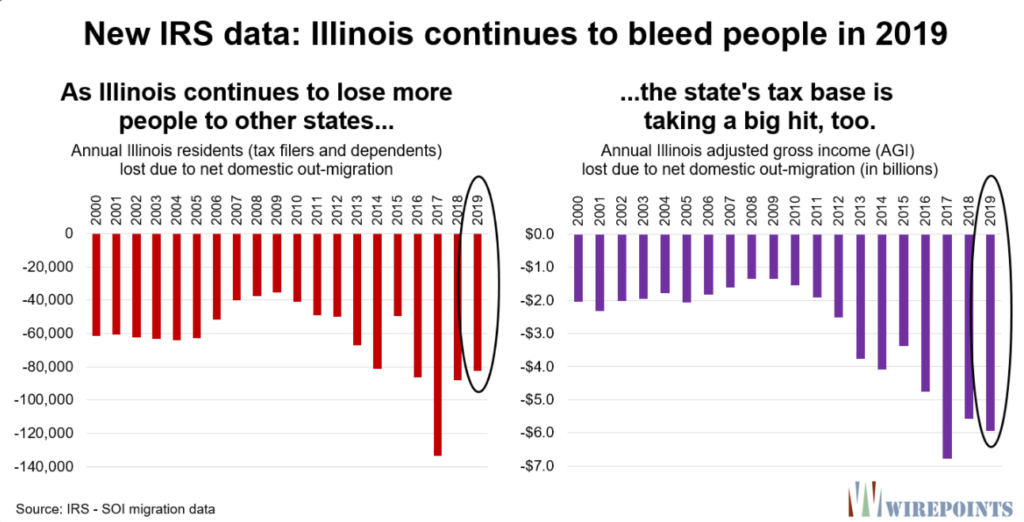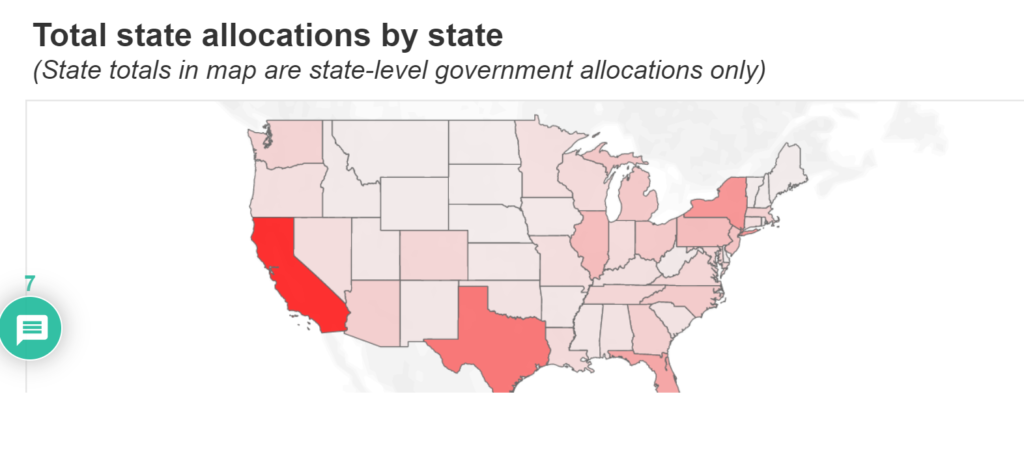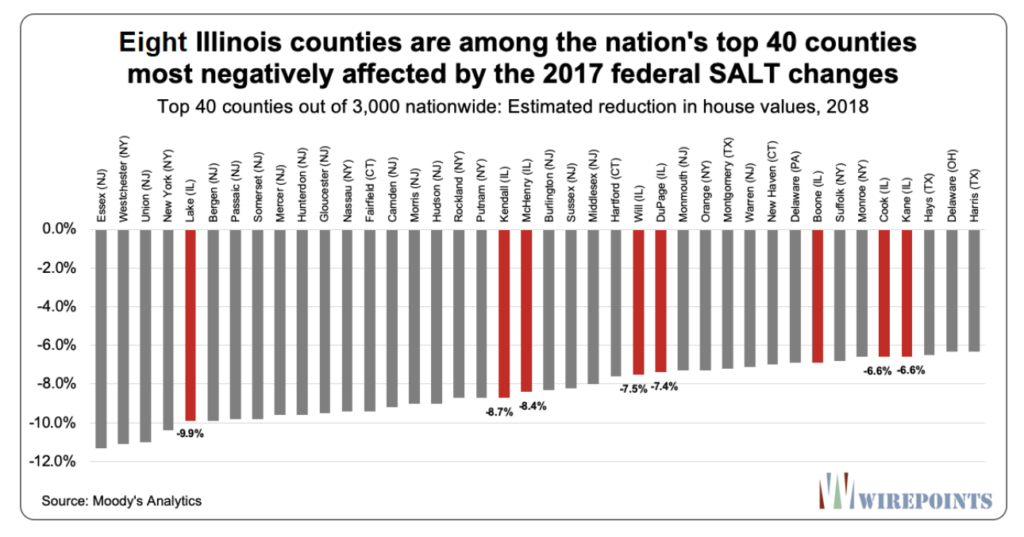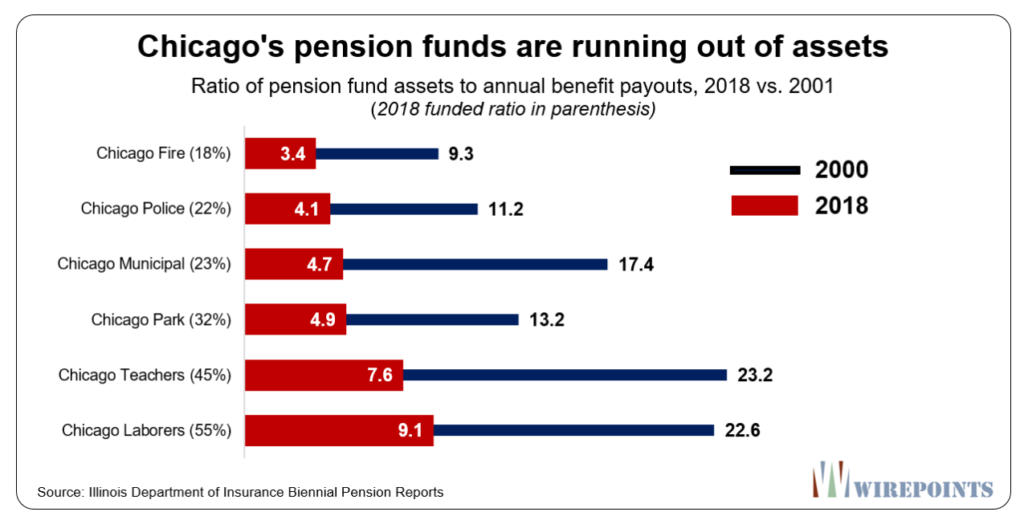Excerpt:
Perhaps one of the best examples for successful reform is Arizona’s recent effort, where the state amended its constitution and passed pension reforms to, as Arizona Gov. Doug Ducey described it, set its public safety “pension system on a path to financial stability while improving the way it serves our brave cops and firefighters.”
No federal challenges to Arizona’s reforms have been made – which is part of a longstanding pattern nationally. Dozens of states over the past several decades have reformed their public pension systems as problems became apparent over the years. None has been sued successfully under the U.S. Constitution – whether under the contract clause or any other provision – in all that time.
Author(s): Ted Dabrowski and John Klingner
Publication Date: 10 August 2021
Publication Site: Wirepoints








